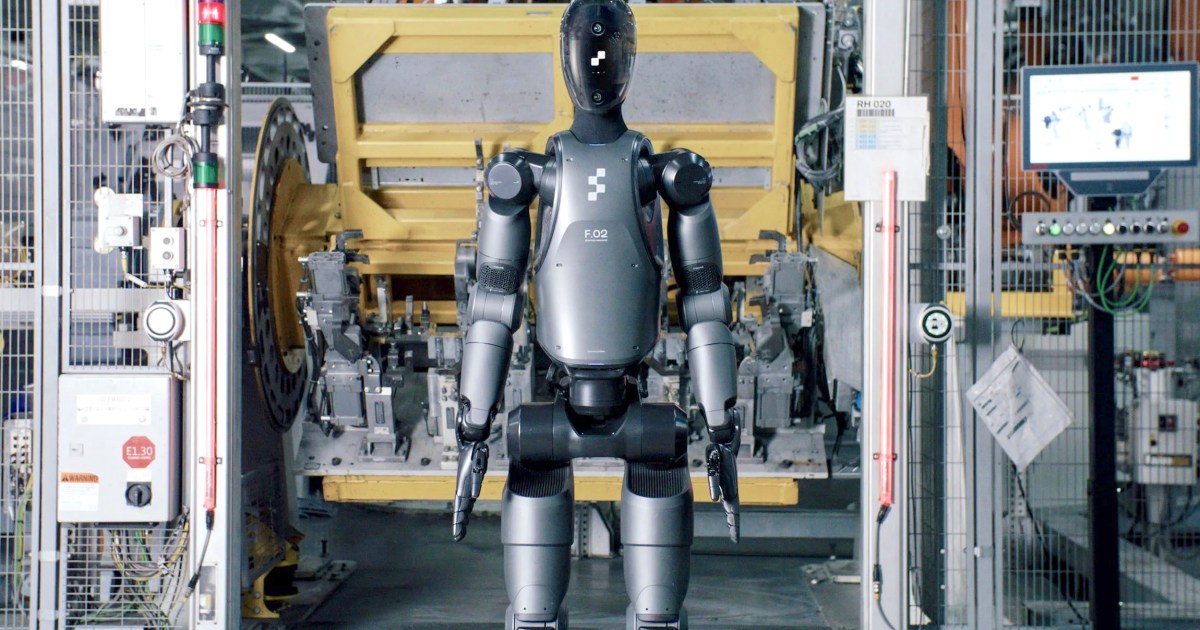
Robotics startup Figure recently shared a new video showing several of its humanoid robots performing a task that could be applied to the automotive industry.
Figure completed a trial deployment of its advanced “Figure 02” humanoid robot at a BMW facility in Spartanburg, South Carolina, a few months ago, when the robots were used to insert sheet metal parts into specific fixtures that were then assembled as part of a vehicle’s chassis.
In the new video, California-based Figure said its fully autonomous humanoid robot is capable of carrying out 1,000 placements a day, with the latest version of the machine improving in areas of accuracy and speed over the original design.
“The developments in the field of robotics are very promising,” BMW said at the end of the trial in August. “With an early test operation, we are now determining possible applications for humanoid robots in production.” It added that the robot “can save employees from having to perform ergonomically awkward and tiring tasks.”
The trial also allowed BMW to better understand how it might successfully integrate multi-purpose robots into an existing production system.
Looking ahead, BMW and Figure will work together to improve the robot’s design while preparing it for future applications in auto manufacturing.
Figure unveiled the latest version of its humanoid robot in August, in time for the BMW trial. It features three times the processing power of the original version, improved voice communication, better cameras, microphones, and sensors, and a high-performance battery. It also comes with fourth-generation human-scale hands with 16 degrees of freedom and human-equivalent strength, capable of performing two-handed tasks that require varied and dynamic manipulation, complex grasping, and careful coordination.
While it’s true that highly advanced, multi-axis arm-like robots have been operating in car plants for decades, it’s possible that humanoid robots — like those being developed by Figure, Boston Dynamics, and Tesla — could one day surpass these in areas such as versatility and adaptability, which is particularly important in dynamic manufacturing environments. The hands attached to humanoid robots are certain to become even more dexterous, enabling them to better perform more delicate manipulations than those carried out by more traditional industrial robots. Cognitive abilities, too, will improve over time, with AI helping the robots to act more intelligently for even greater autonomy.
Multi-axis robots certainly excel in specific, repetitive tasks, but humanoid robots look like a more flexible solution for complex, varied environments where human-like interaction and problem-solving abilities are key.
The current crop of humanoid robots aren’t there yet, but it’s exciting to see videos like this showing the advances being made in the sector.
Services Marketplace – Listings, Bookings & Reviews
